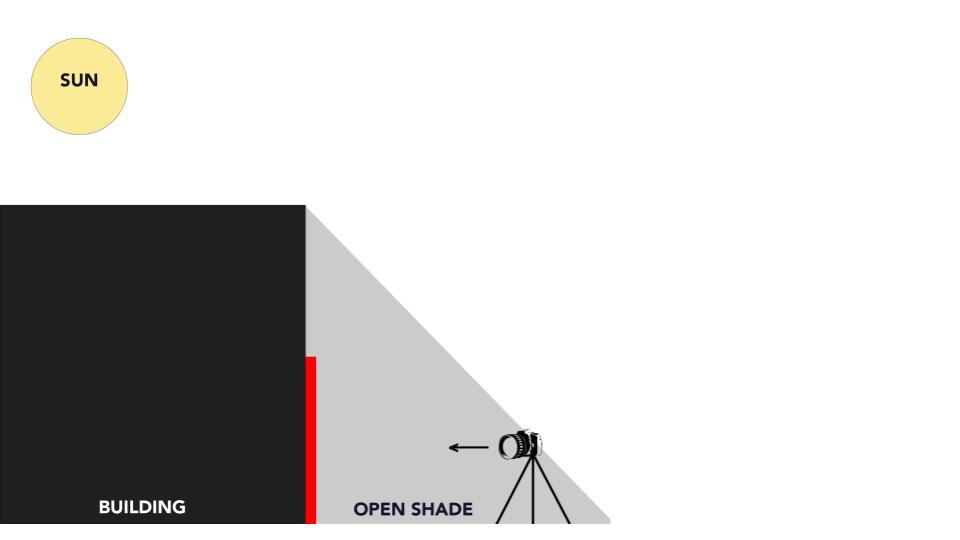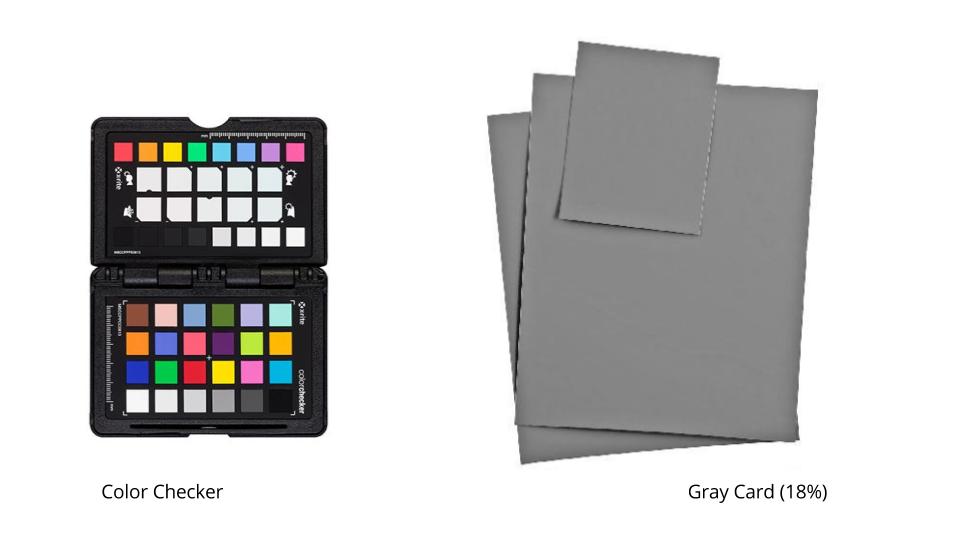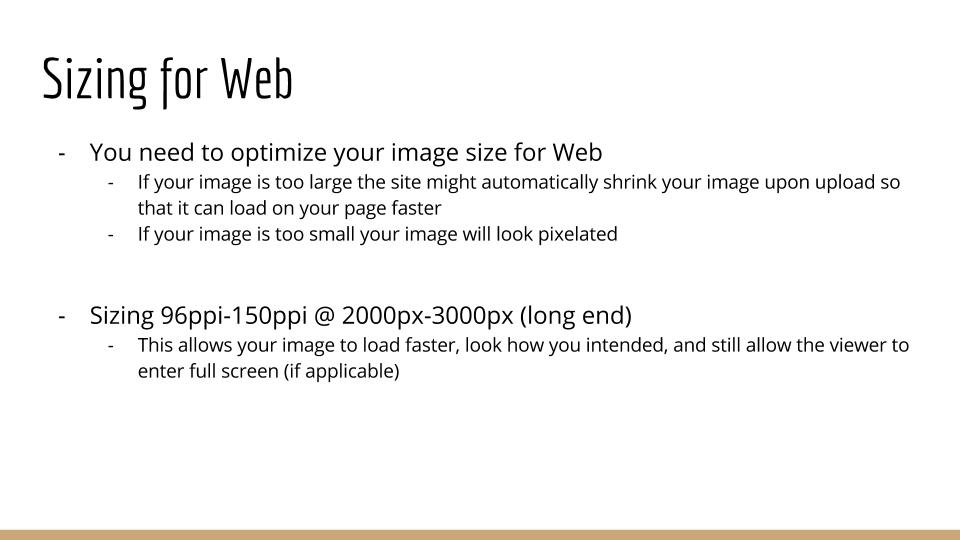Documenting 2D Artwork
Table of Contents
Representing You as an Artist
Documenting your artwork is a very important task when creating a portfolio. These documents are representing you as an artist; they should be presented in a professional manner and reflect the true state of your projects.
Smaller Works


Some of your smaller works may be able to be documented with a High Quality Scanner (8.5″x11″) or a copy stand (~18″x24″). There is a copy stand available in the photo department on campus here at CSULB. A copy stand is a great way to quickly document sketchbooks or multiple loose drawings. If you would like to document some of your work using a copy stand, you will need to get in touch with a photo student or photography professor.
Larger Works

Larger works are a little bit more difficult to document. It’s best to document your work with a DSLR, tripod, and two soft-boxes. However, if you don’t have access to these materials you’re still going to need to document you work. Feel free to use an iPhone or smart-phone, selfie-stick, and cheap clamp lights or LED lights from Home Depot.


Lighting
Your set up is important.
– Make sure that your lights are at a 45-degree angle and are evenly distributed over your artwork
– Your camera needs to be parallel to your image plane to prevent distortion
– If shooting with a DSLR, use a focal length greater than 50mm

If you do not have access to lights, it is possible to document your work outside. However, then you have to deal with the elements and it is usually a little bit more difficult to hang your work parallel to your camera; you can use an easel if you have one.
When using sunlight to document your work, it is important that you find a space that has open shade. This means that the sun is blocked by a building and the light that is hitting your painting is only reflected, soft-light.
Color Correction


It is very important to make sure that your work is being accurately represented in your photograph. Make sure that you have the correct color temperature. If you shoot an image in the same lighting set up with a gray-card, you can achieve this with one click when editing, in LR or Photoshop. Gray-cards are cheap and I would highly recommend picking one up from the Art Store. If not, you can play with the temperature sliders until your the colors look correct.

If you are working digitally or working with photos of your documented artwork, you need to make sure that you are sizing your images correctly for web.
Sizing for the Web

Graphic Design
Those of you who are graphic designers might want to print out your work, use it as a label, and document it. This is a lengthy process and requires a little more photographic skill and staging for your product.
Fortunately, we have software that can allow us to create product shots with our graphic design by Image Mapping in Photoshop.

I took this pattern and used Image Mapping to see what it would look like if I put it on the shirt.
There’s many tutorials online that can teach you how to use Image Mapping to put your labels and patterns on to representations of objects.
Tutorials
- Shutterstock Tutorial – Article
- Photoshop Video Academy – Video
Good luck documenting your artwork! If you have any questions do not hesitate to ask!


